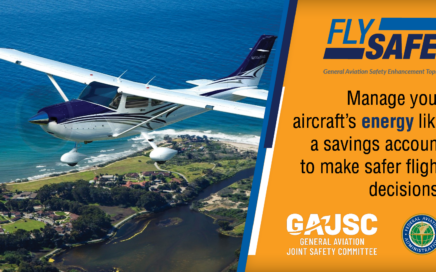
Regulatory Roadblock Reduction
The FAA is making great strides to advance emerging aviation safety technology. Read more about regulatory roadblock reduction and attend a FAASTeam seminar to learn how you can leverage innovative, safety-enhancing technologies, such as angle of attack indicators, CO detectors, and more.


